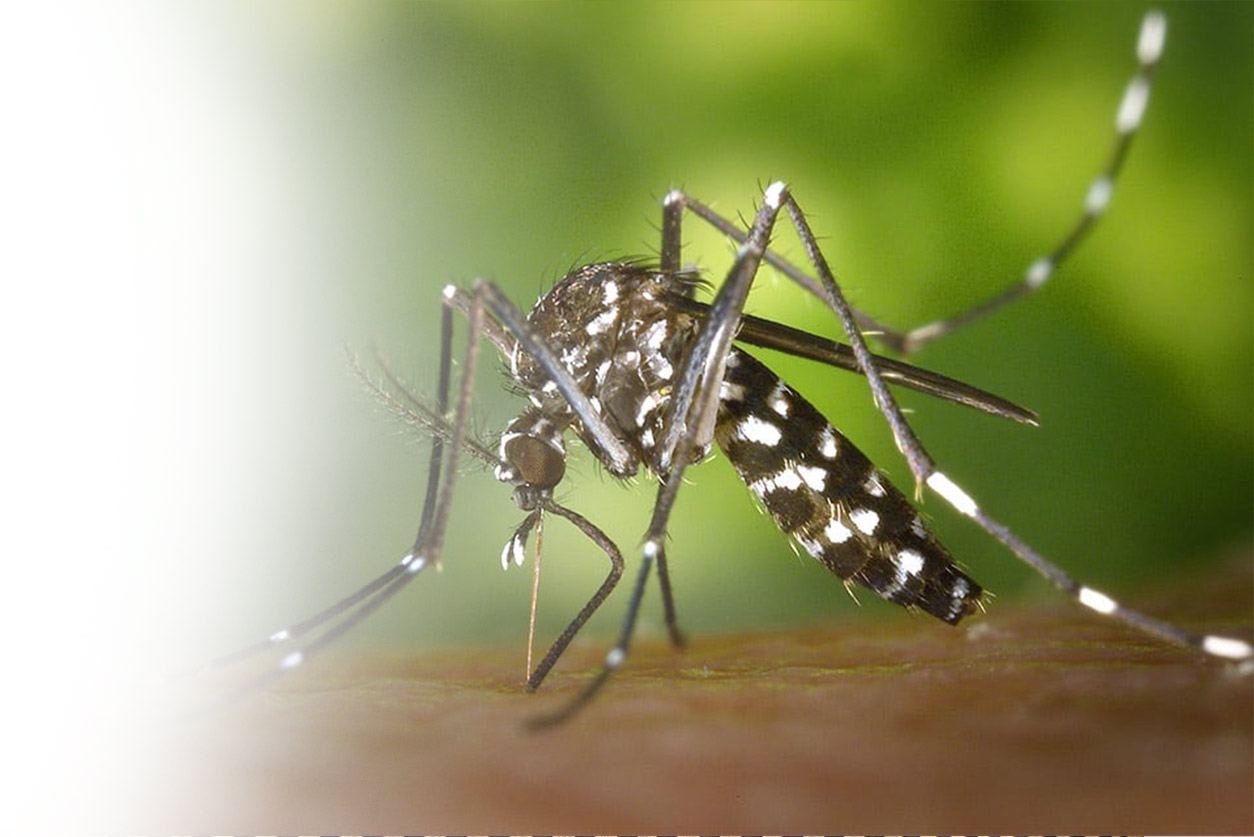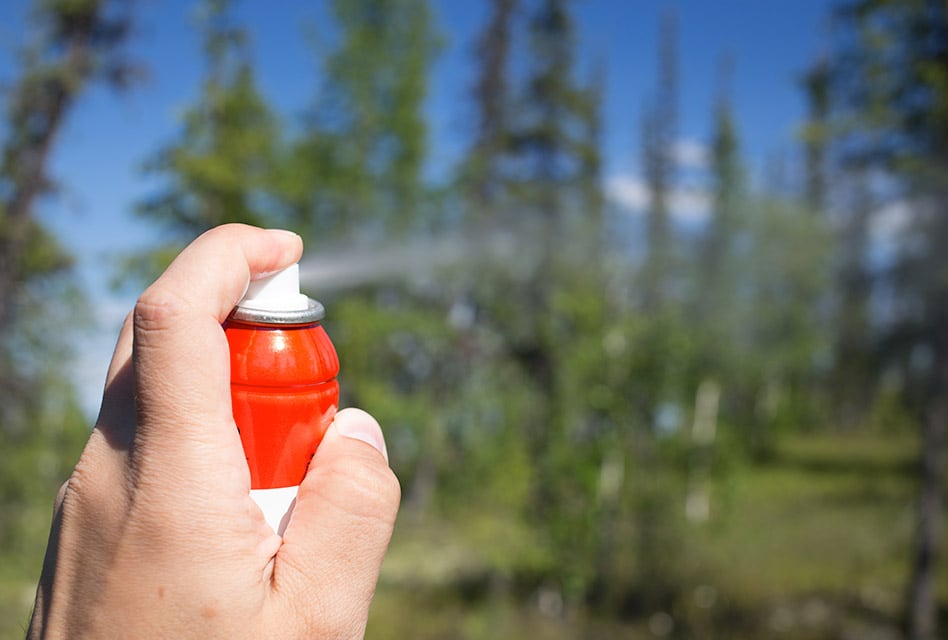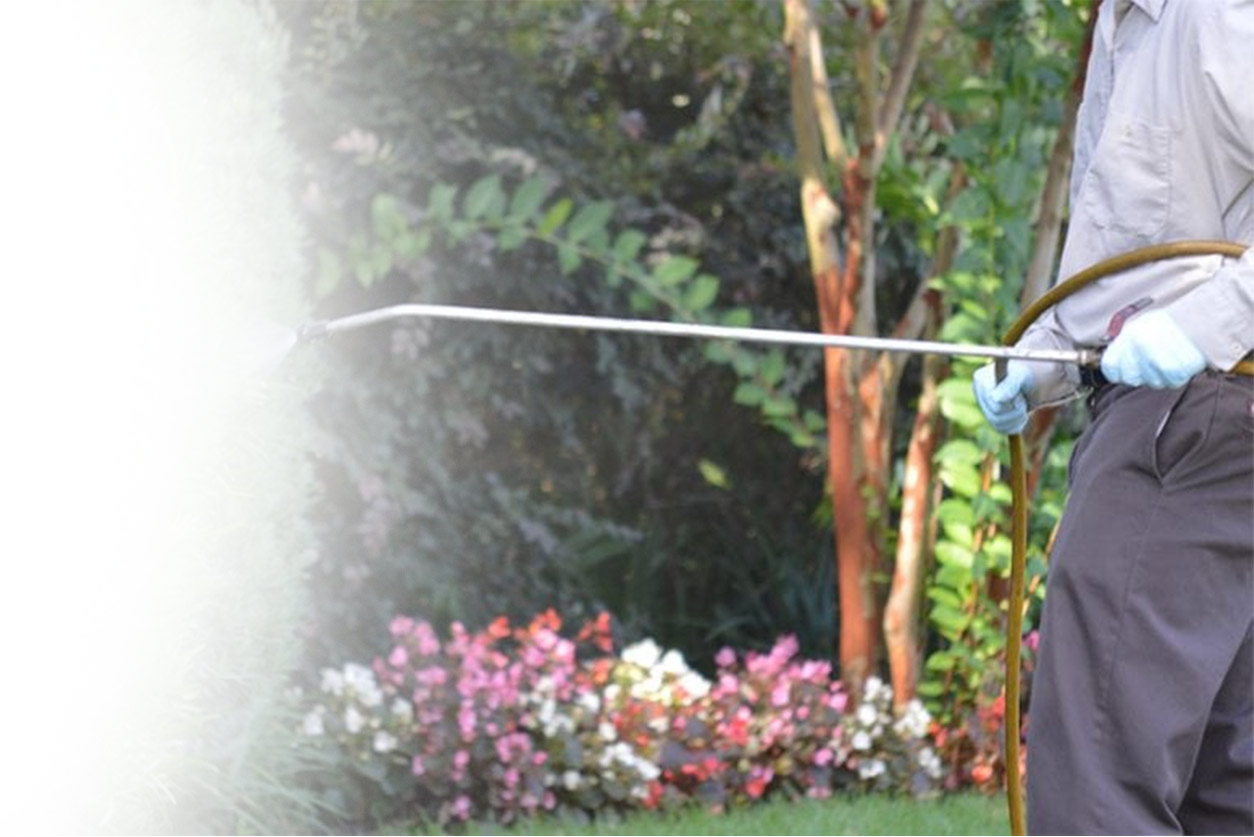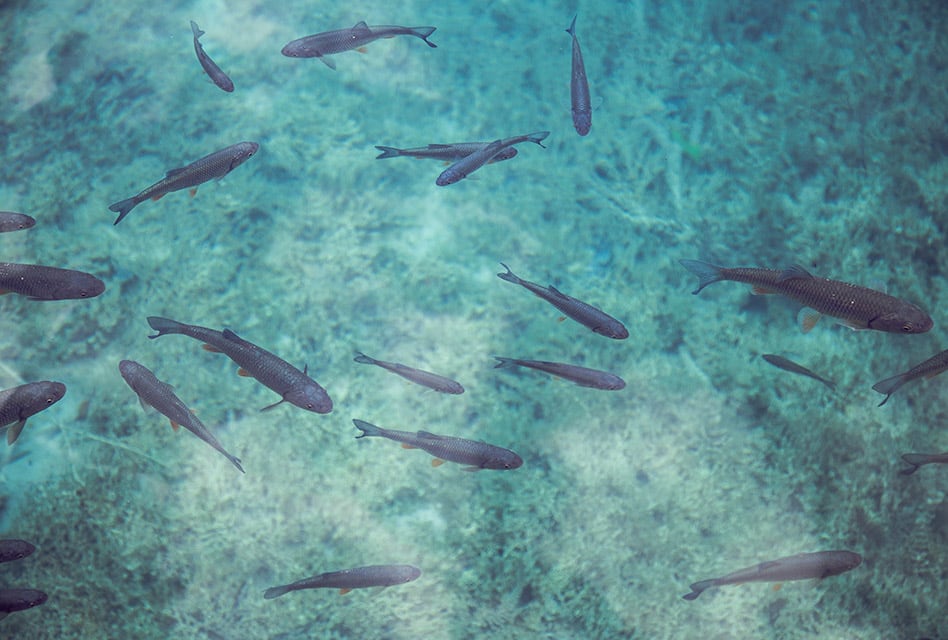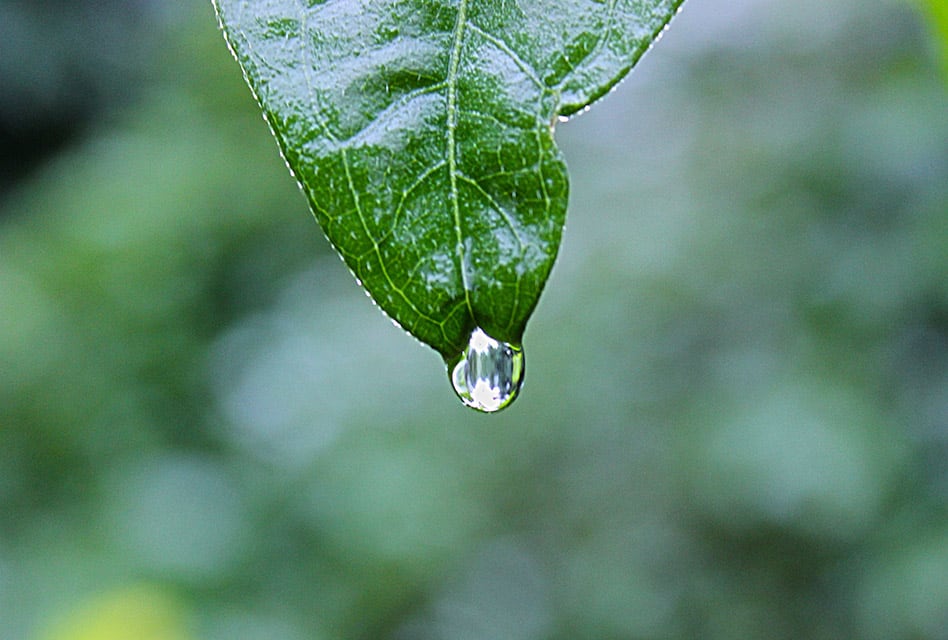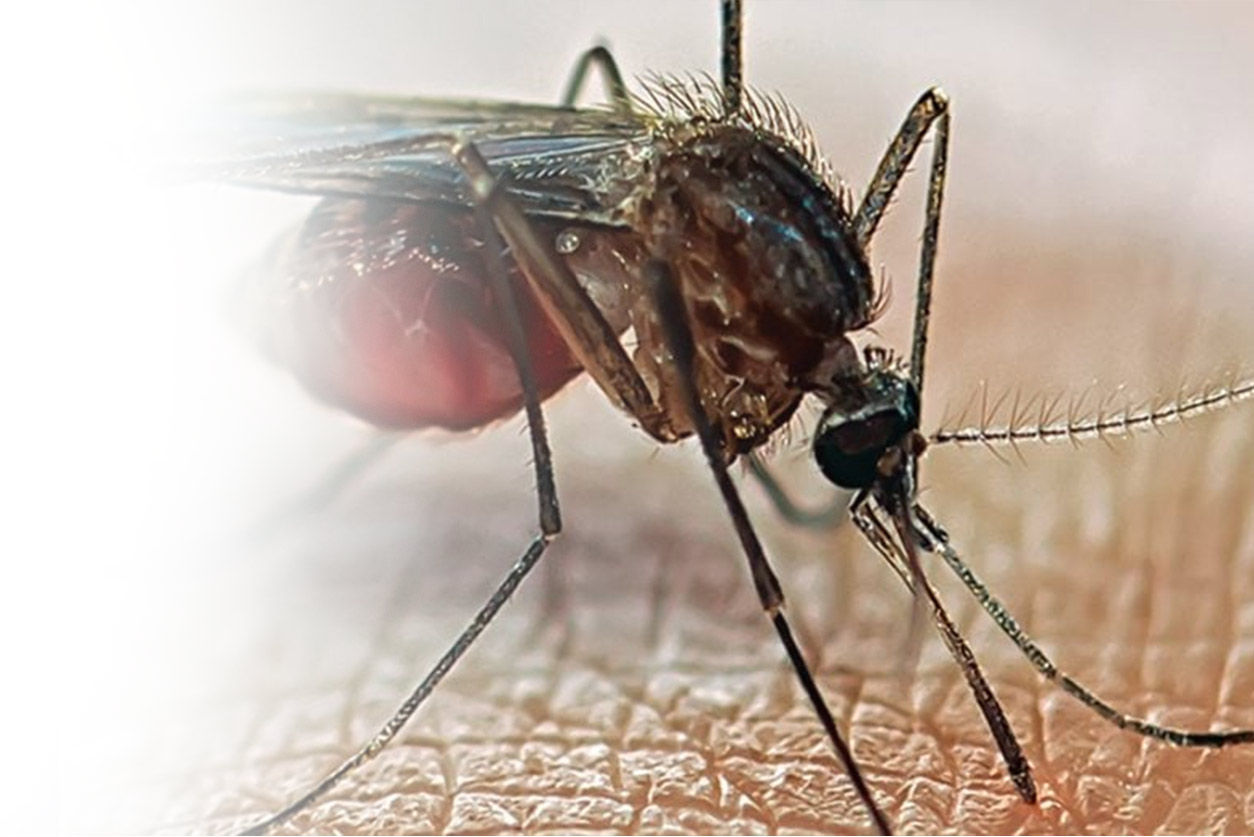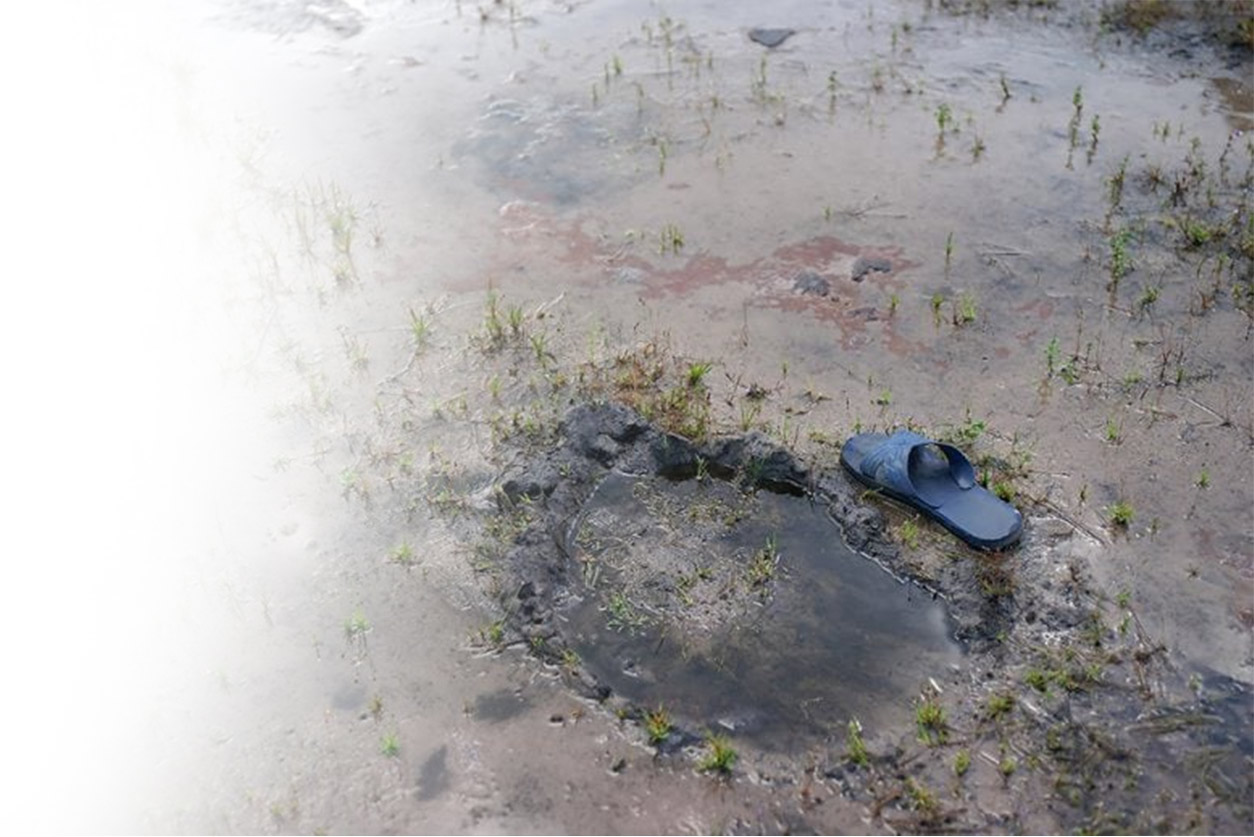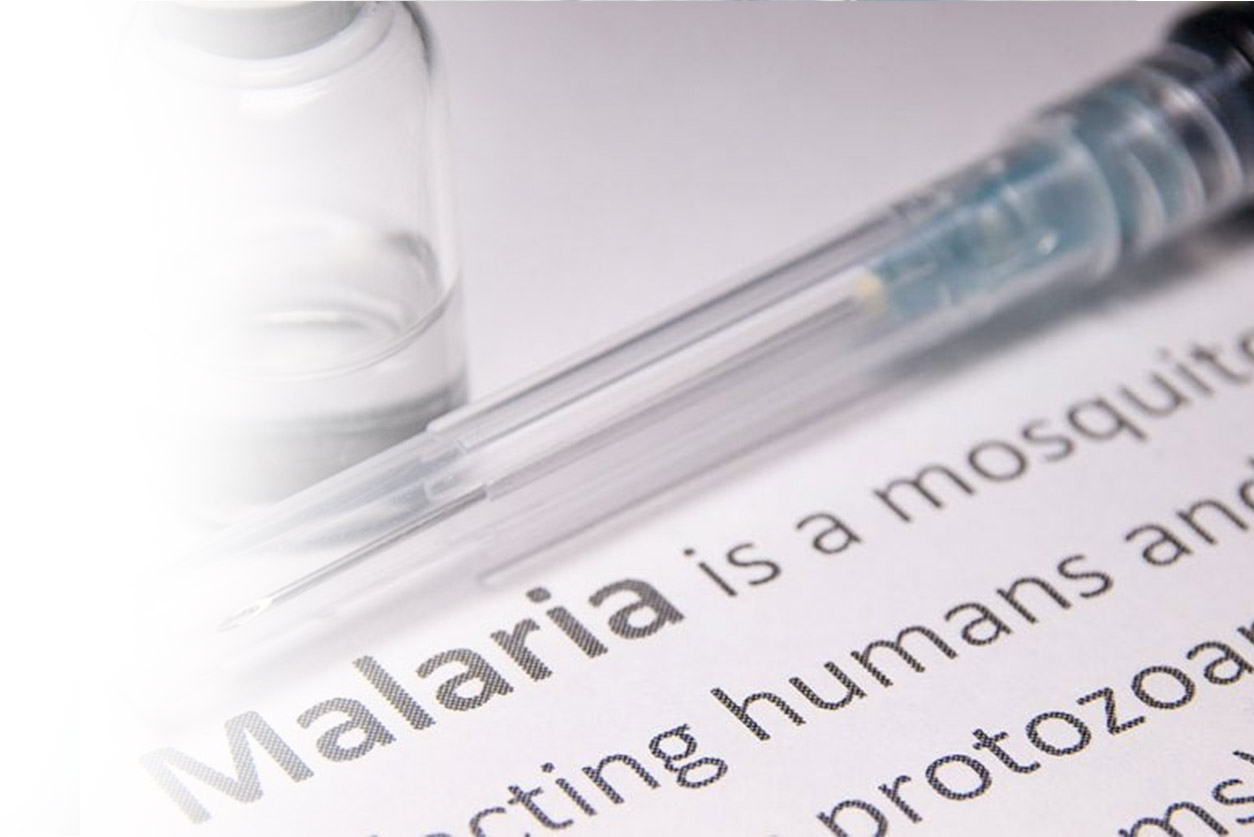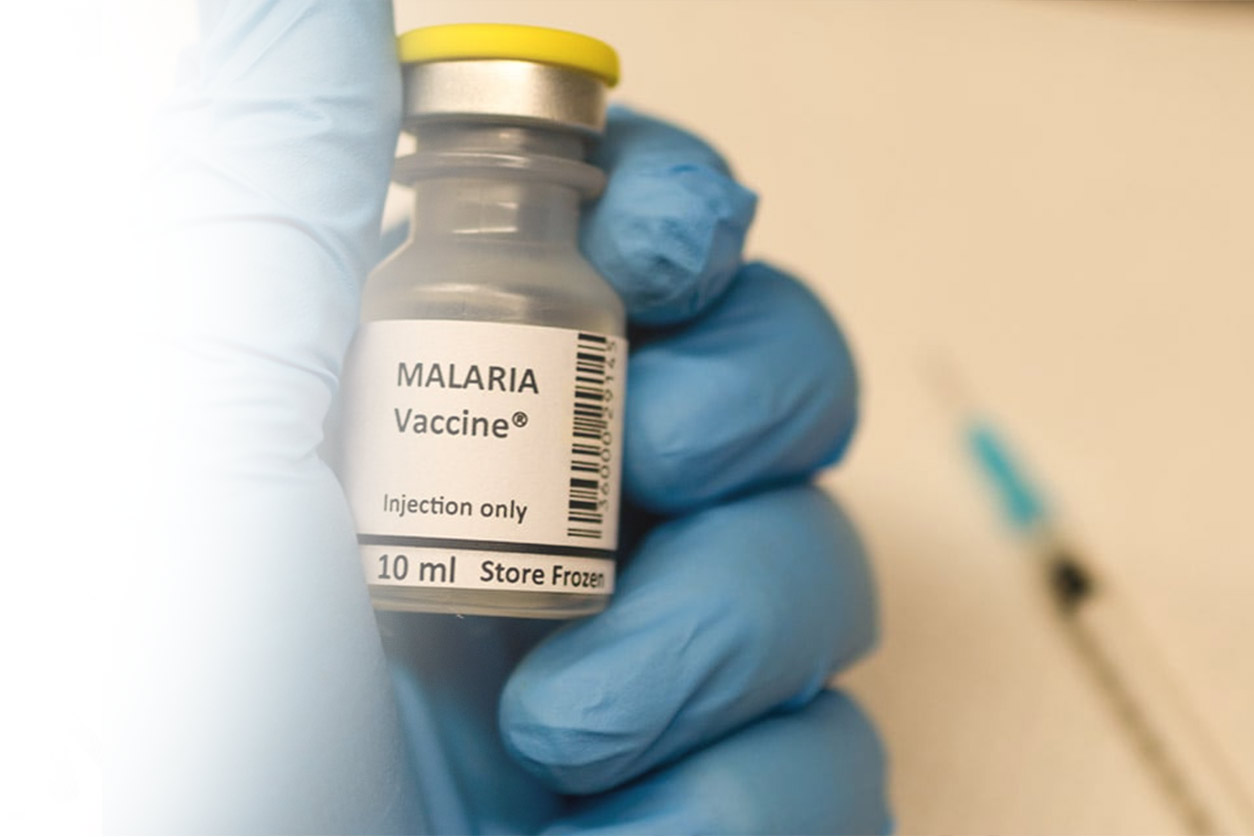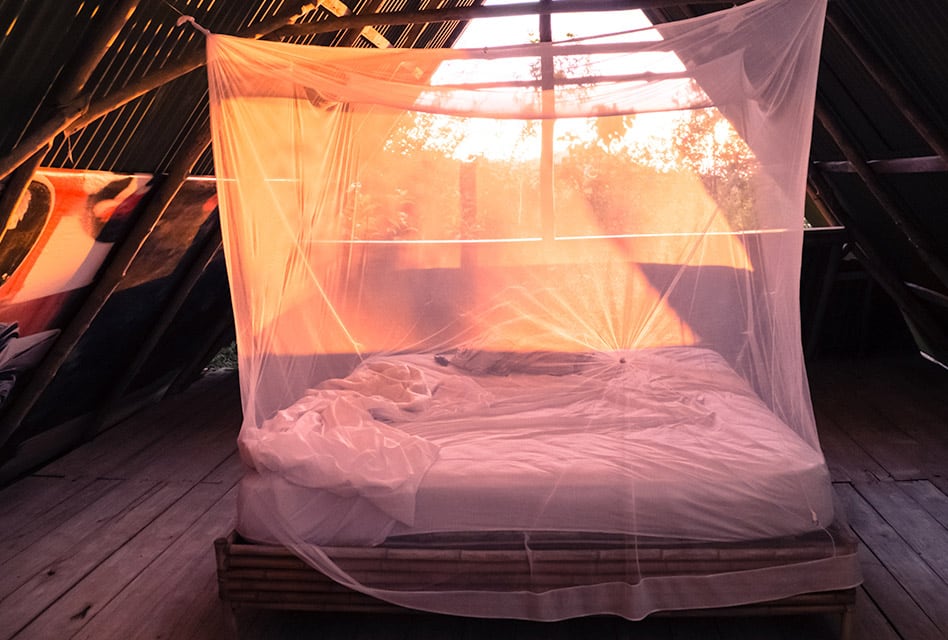The interaction between mosquitoes and the ecosystem is really awe-inspiring. While pesky, and even dangerous to humans, the mosquito plays a critical role in supporting the balance of life. Without them, parts of the ecosystem would collapse, forever altering nature’s food chain.
Mosquitoes harbor some of the deadliest diseases on earth. Nonetheless nature has put them here for a purpose. So the question still remains, how important are mosquitoes?
Life With and Without The Mosquito
We are all familiar with the reasons why people want mosquitoes to disappear. The spread of malaria, yellow fever,and many other diseases. So what would happen if the mosquito got wiped off the face of the planet?
Well, there are about 3,500 different forms of mosquito. Of that number, there are only about 100 or so that are actually attracted to humans, and only a couple hundred that have any negative impact on the human race. Not so bad when you think of it that way, right?
So what about the other 3,400? Without the mosquito, it is believed that there would be no prey for predators and no pollinators for some plants. Mosquitoes are food for a wide variety of fish, insects, reptiles and birds. And they do an effective job spreading pollen between plants while feeding on nectar.
If there were no mosquitoes, it is predicted that the number of birds would decrease by fifty percent. The “mosquito fish”, the insect’s most common aquatic predator, could face extinction, and some populations of spiders, salamanders, lizards, frogs and other insects could be reduced in large numbers.
It is safe to say that if the mosquito was go, parts of our ecosystem could diminish one species at a time.
More Benefits of the Mosquito
Whether you like them or not, the mosquito performs more services for us than you might imagine – tasks such as pollinating cacao plants. Without the mosquito to pollinate the cacao plant, we may see a day when we kiss our luscious chocolate treats good-bye.
Other plants that rely on the mosquito for pollination could also die out. And the more plants we lose, the more negatively the Earth’s oxygen levels are impacted. This ultimately affects the oxygen provided to humans and other mammals and living organisms.
And think about the food chain. Losing a few of the mosquito’s natural predators may not seem like a big deal, but the predators of those animals may include some of our very own food sources.
The Final Verdict
Without mosquitoes we wouldn’t have some of the precious living creatures on this earth, since they are a huge food source to many big and small. We wouldn’t have some of the beautiful plants that grow and feed off the earth. We also would have a little less oxygen in the world without the work of these little guys. And all of our resources are ultimately limited.
But while the mosquito plays an important role in nature, its deadly force should be respected. Mosquitoes are and will remain fit enough for this world, so proper control should remain a priority across the globe.
